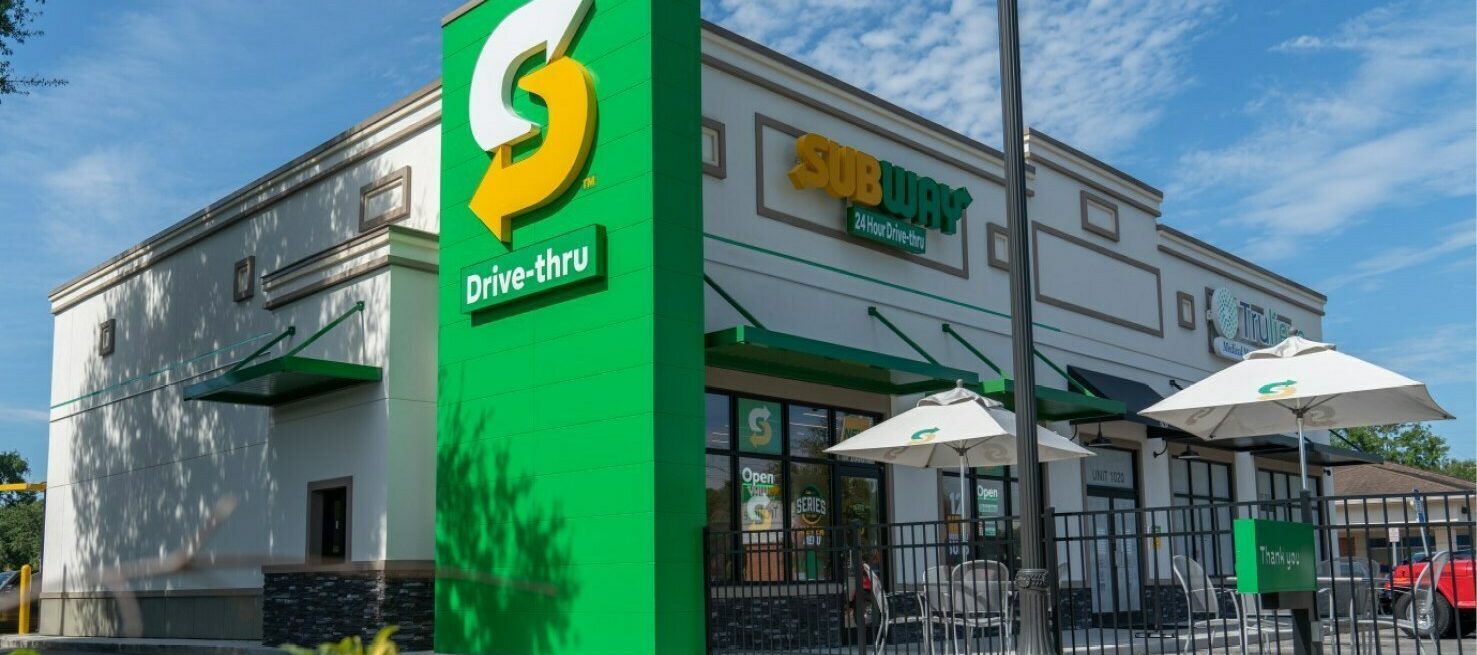Expert Weighs in on Subway and Red Lobster News
4 Min Read By MRM Staff
The restaurant industry has dominated both the financial and front pages of late as Roark completed its acquisition of Subway and Red Lobster filed for bankruptcy.
"This transaction reflects Subway's long-term growth potential, and the substantial value of our brand and our franchisees around the world," said John Chidsey, CEO of Subway, adding that there are no anticipated changes to the company's leadership team, strategic focus or operating plans.
Red Lobster filed for relief under Chapter 11 of the Bankruptcy Code andintends to use the proceedings to drive operational improvements, simplify the business through a reduction in locations, and pursue a sale of substantially all of its assets as a going concern.
Jonathan Tibus, the Company’s CEO, said restructuring allows the brand to address several financial and operational challenges and emerge stronger and re-focused on growth. Locations will remain open and operating as usual during the Chapter 11 process.
What should other operators and consumers expect to see as these well-known brands recalibrate?
To gain insights, Modern Restaurant Management (MRM) magazine turned to Phil Kafarakis, President & CEO, International Foodservice Manufacturers Association. Prior to joining IFMA in 2021, he led and managed businesses at Kraft, Jones Dairy Farm, Cargill, and McCormick & Co., Kafarakis also served as President of the Specialty Food Association (SFA) and Chief Innovation and Member Advancement Officer at the National Restaurant Association.
What should restaurant brands take away from this mega deal and the Red Lobster bankruptcy filing?
There are entities willing to invest in restaurant growth strategies, provided the restaurant has a sustainable value proposition and at the same time, there are acquirers who can rescue restaurants that have fallen on hard times. Partners are available, depending on the long-term direction of the restaurant and its track record of performance, both positive and negative.
There are also, as in the case of Red Lobster, financial partners whose sole aim is to drain the value from restaurants. Restaurant founders/investors must be prepared to give up control and/or equity to whomever they decide to partner with.
How does Subway fit in with Roark’s other restaurant holdings? What made it so attractive?
Subway’s reorganization and transformation of its business model, since the passing of their legendary founder, make it very attractive. The move away from the “real-estate/master area developer” for franchising expansion to now a more classic food operation-focused model makes it an ideal time to get into Subway. Leveraging its incredible marketing and branding efforts without having to fight with franchisees that did not invest in stores and back-of house upgrades allows new and very experienced leadership to grow organically. Insiders are also keeping an eye on what Roark will do with Inspire Brands, which includes Arby’s, Baskin Robbins, Dunkin’ and Jimmy John’s.
Why is this happening now? Are we just at the tip of the iceberg in restaurant consolidation and what do you think will happen next?
Changing consumer habits accelerated by the pandemic, as well as the recessionary challenges placed on restaurant margin management, have caused inefficiencies. This, coupled with poor unruly franchisee management relations, has exposed establishments to negative earnings and traffic trends, both in-store and online. The weak will go under despite years of legacy, again exemplified by Red Lobster, which suffered from a decade of gross mismanagement.
Leveraging technology will separate the restaurants that accelerate adoption to capture greater share while those that are stuck in relying on price increases to save daily transaction will become irrelevant. Technology is required for both back-of-house and front-of-house efficiency and effective customer service.
Why do you feel the FTC gave the greenlight for this deal and what does that mean for future restaurant industry deals and other industries?
The FTC must have truly understood the trouble Subway was facing in dealing with the saturation of too many outlets and the challenges of managing disenfranchised franchisees. New Subway leadership started closing stores and separating from the franchise groups that were not following corporate mandates. Future deals will have the same degree of scrutiny by an FTC that can dig deep into everyone’s operating model.
What does all of this mean for consumers—should they care?
Consumers will win in all of this because the new operating business models that come from investment will not only improve speed and quality of service but also accelerate product innovation once the core operating gaps are fixed. At the same time, technology will strengthen rewards programs which will become even more sophisticated thus reinforcing loyalty through competitive incentives.
What’s next for Subway?
More purging and internal review of inefficient practices, greater investment in technology for operational and consumer engagement, more product innovation focused on value, all of these leading to greater margins and a host of new, much more reliable and experienced franchisees that own multi-brands and have a track record of success. We’re keeping an eye on the need for similar transformation at Red Lobster and while in no way comparable to Red Lobster, Starbucks.
What’s next for Red Lobster?
In what has become a well-worn script, Red Lobster’s financial sponsors were thinking more about financial engineering and taking out value, then about running a restaurant business. They stripped out the real estate and leased it back, putting on a pile of debt which came back to haunt them several years later. Having thus driven it into the ground, they sold it to a new entity for a fraction of what they purchased it for. These new owners did not know the retail side and neglected to invest in it. Red Lobster, a once great brand, has been floundering and a bankruptcy filing is not a great surprise.

